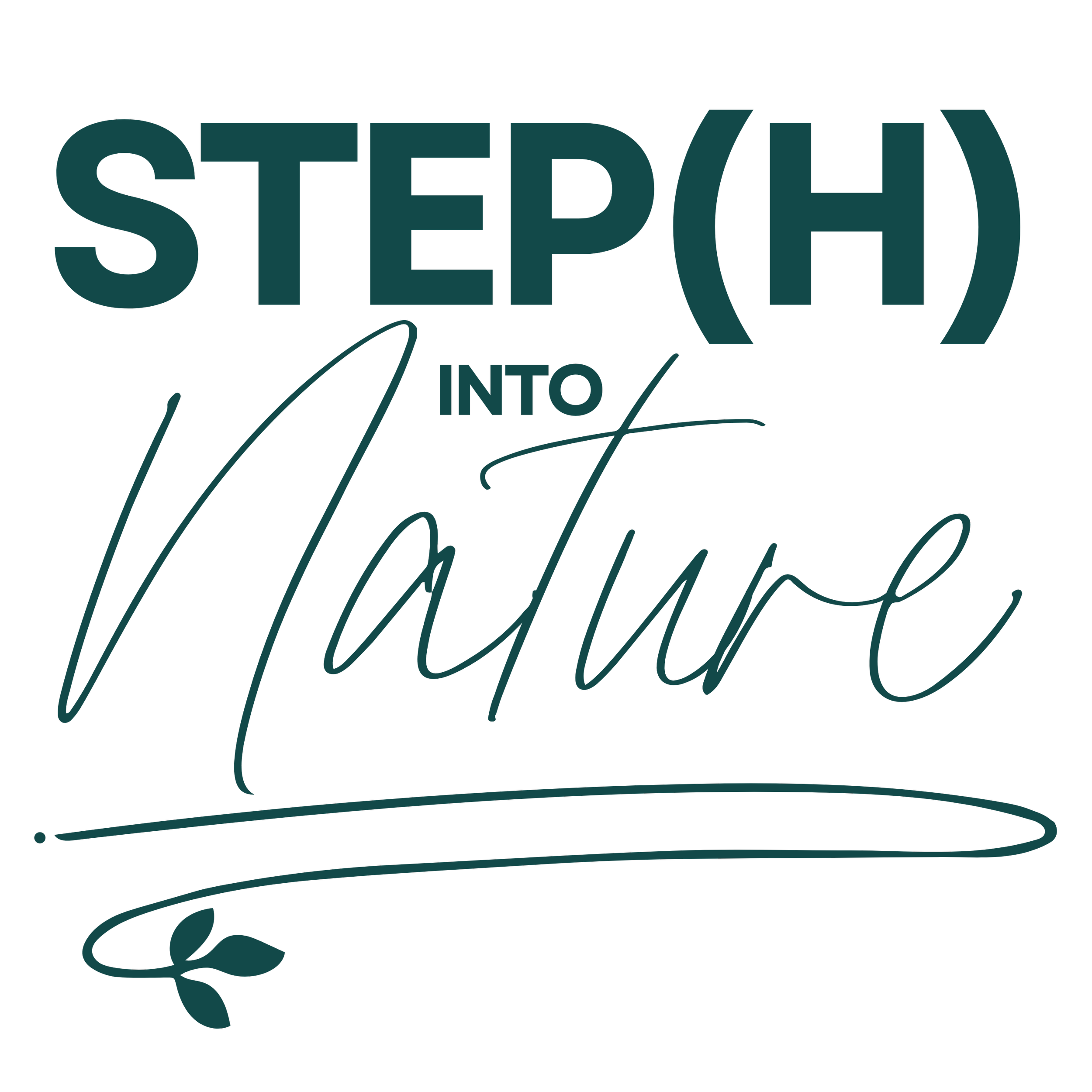A New App to Protect Birds and Urban Greenspaces
The Greenspace Bird Calculator uses citizen science data to protect wildlife
Urban Greenspace Protection
You’ve probably visited an urban greenspace before, these are the woods, allotments, parks, and even cemeteries dotted around our towns and cities. They are vital to protect, not just so we have a place to hang out with dogs or save money on tomatoes, but also to provide safe havens for wildlife to thrive.
Unfortunately, greenspaces are often vulnerable to development. Hard scientific evidence is needed to convince those in power to prioritise conservation over a new block of flats.
A group of scientists decided to tackle this issue through the development of a new app that predicts bird diversity. As they explained in their study, urban greenspaces are important as they ‘can support relatively high biodiversity compared with natural or rural habitats and may even support threatened species… however, we often lack basic biodiversity information (e.g., species richness) for these urban greenspaces. If, when faced with potential development, this basic information is lacking, it is exceedingly difficult to support a case against development of urban greenspaces’.
View from Sydney Park, Australia
Greenspace Bird Calculator
This is where the Greenspace Bird Calculator comes in. In their recent study published in Australian Zoologist, this group of scientists described how they utilised citizen science data to develop a platform that can predict the diversity (how many species and how many individuals in those species) of birds in greenspaces.
The Greenspace Bird Calculator study uses eBird data, a platform launched in 2002 by the Cornell Lab of Ornithology that lets anyone upload bird sightings, which has created a massive database. To date, there have been over 600 million bird observations contributed by more than 400,000 people!
Citizen science is a vital tool for scientists. It involves the general public conducting basic research and collecting data that can then be analysed. This means that citizen science is pretty useful in areas where lots of people are present, like cities.
If you’re interested in taking part in citizen science yourself, check out these 10 places to volunteer for wildlife from home.
How the greenspace bird calculator supports wildlife conservation
The Greenspace Bird Calculator aims to equip decision makers with knowledge of the diversity of wildlife in an area to aid conservation efforts. This means protection plans can be drawn up to prevent urban development in essential wildlife habitats. As the scientists explained in their study, ‘users of the web-app could be land managers seeking to understand the bird diversity in the greenspaces they manage or restoration groups aimed at tracking responses to restoration through time’.
Technology advances quickly, and wildlife conservationists can use this technology to continually improve wildlife protection and answer important questions, ‘For instance, how many bird species have been seen in a specific urban greenspace? Or, how many bird species regularly use an urban greenspace?’. These are questions these scientists sought to answer through the development of the Greenspace Bird Calculator.
Magpie and Noisy Miner in Kensington Park, Sydney, Australia. Sardaka / CC BY-SA (https://creativecommons.org/licenses/by-sa/3.0). Lightness has been adjusted.

